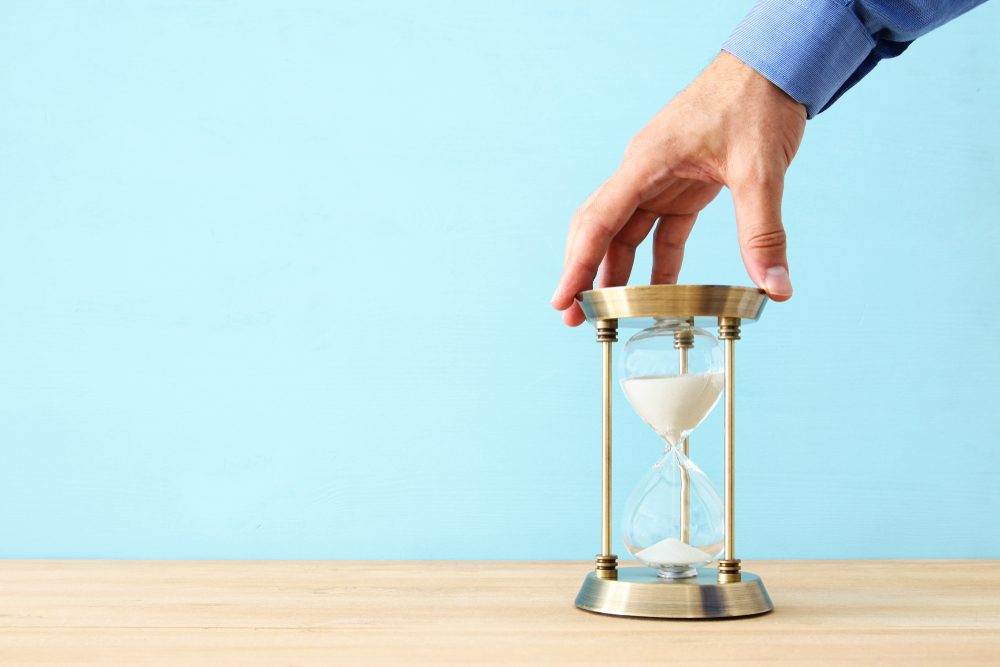News & Articles
Getting ahead of the tax year cut-off

As we approach the end of the financial year, focus shifts to gaining an overview of income, assets, and those dreaded taxes. Following the general election and the start of the Brexit process, the political and financial landscape is beginning to settle, yet the extent of the Conservatives’ plans for taxation are yet to be fully revealed.
Directors and the self-employed will begin the 2020 tax year with the welcome knowledge that income tax, national insurance contributions and VAT will not be increased, but rules are changing for other taxes, such as capital gains tax, which may leave some worse off.
With that in mind, year-end tax planning should become a priority in order to ensure you make the most of your allowances before 6 April. Here are five ways to get ahead of the tax year cut-off…
Maximise your ISA allowance
An Individual Savings Account (ISA) offers completely tax-free savings, so utilising your full allowance is a good way to invest money without paying tax on your capital or interest. Each person has an annual allowance of £20,000, which can be paid into the ISA in one lump sum, or in smaller amounts throughout the year. For under 18s, a Junior ISA has an annual limit of £4,368, which offers a good way to save for a minor and make the most of the whole family’s tax-free savings.
As the end of the financial year approaches, it is important to evaluate the payments you have made into your ISA (or ISAs – the allowance can be spread across cash ISAs and stocks and shares ISAs) and to top this up to the maximum threshold if you have the capital available.
Though interest rates are relatively low across the board, it is also a good time to reassess your current ISA provider and compare interest rates with others on the market. In addition, your circumstances may change and you may wish to switch between a cash ISA or stocks and shares ISA (or a mixture of both). Typically a stocks and shares ISA carries more risk, but potentially offers higher returns in the long-term. If you choose to switch to a new ISA remember never to withdraw the money – always transfer it or you risk losing the tax-free benefits and having to reinvest it £20,000 at a time.
Make the most of your personal savings allowance
In addition to your ISA allowance, each individual also has a personal savings allowance, which varies depending on their tax rate. In the tax year 2019-2020 if you are a basic-rate taxpayer you can earn £1,000 interest on your savings tax-free. That decreases to £500 tax-free if you are a higher rate taxpayer, and additional rate taxpayers (45%) do not have a tax-free personal savings allowance. All taxpayers also receive a £2,000 tax-free allowance for dividend income.
If a spouse or civil partner has a lower tax rate or is unlikely to use the full extent of their tax-free interest, there is the potential to move savings into their name in order to make the most of the tax-free allowance available. An experienced adviser can help suggest the best way to do so.
Consider more complex investment schemes
For those who are higher-rate or additional-rate taxpayers more complex tax-efficient investments, such as Venture Capital Trusts (VCTs), Enterprise Investment Schemes (EIS) and Seed Enterprise Investment Schemes (SEIS) offer generous tax breaks for those who can tolerate a high level of risk. These schemes involve investing in smaller, younger and unquoted companies and should be considered higher risk investments, suitable for those able to invest for longer than five years. Due to the nature of the investment, they are highly illiquid and shares may not reflect the value of the underlying asset. Investors should also be aware that the specific tax reliefs available will depend on individual circumstances and are subject to change.
Review your pension payments
You may keep track of contributions throughout the year, but it is worth reassessing your annual allowance prior to 6 April. Together with your employer you can contribute a maximum of 100% of your salary or £40,000 (whichever is lowest) without your pension being liable for Income or Capital Gains Tax, but once you exceed that limit you will be liable for associated tax charges. That amount will be tapered if your income and pension contribution together exceed £150,000. If you are not a taxpayer you can still contribute up to £2,880 a year (which becomes £3,600 including the tax relief).
Pension contributions receive an automatic 20% “top-up” from the taxman (up to your personal allowance), while higher-rate and additional-rate taxpayers can claim back an additional 20% or 25% through their Self Assessment tax return.
If you still have a way to go before you reach the limit you can make an additional payment or a number of payments to make it up to the threshold. It is also possible to carry forward any unused allowance from the past three tax years – a financial adviser can help to navigate this. It is also important to bear in mind your Lifetime Allowance, which currently stands at £1.055 million, and beyond which your pension savings will be taxable.
Consider cash gifts
As part of your inheritance tax planning, you may wish to gift cash to family members, which you can begin doing at any time. This also has an annual limit, which is £3,000 and as many gifts of up to £250 to separate individuals as you want (though they can not also receive part of the £3,000 gift allowance). You can currently carry over unused allowance from one year to the next up to a maximum of £6,000.
There are a number of exceptions to the rule, such as gifting cash in the year a couple marries. Parents can gift up to £5,000, grandparents up to £2,500 and any other individual up to £1,000. Gifting to your spouse or civil partner; towards the living costs of a child, elderly dependent or ex-spouse; or regular gifts from surplus income that will not affect your standard of living are also tax-free.
However, the government is currently reassessing the rules surrounding tax-free gifting, so it is worth considering where you may wish to gift cash before this tax year ends.
Assess your annual capital gains allowance
Any profit you make on an asset – for example, a second home, antiques or shares – is tax-free up to £12,000 per year or, if you are married or in a civil partnership this doubles to £24,000 for any jointly owned assets. To make the most of the tax-free allowance there is the potential to transfer assets so they are in joint name with your partner or into their name before 6 April.It is possible to move a number of different assets into a spouse, civil partner or child’s name if they pay a lower rate of tax or are unlikely to use their own allowance, but it is important to take financial advice when doing so, as there may be restrictions in place in how this is achieved and how these can be accessed in the future.
Our financial advisers are highly experienced in helping clients to maximise their tax-free allowances and structure their assets tax-efficiently. Get in touch today to ensure you don’t pay any more tax than is necessary come April 6.
RECENT POSTS
-
 Rental health: Assessing opportunities in the buy-to-let market24/06/2025
Rental health: Assessing opportunities in the buy-to-let market24/06/2025 -
 Inheritance tax: Incoming changes that could affect your pension20/05/2025
Inheritance tax: Incoming changes that could affect your pension20/05/2025 -
 Spring Statement 2025: Summary of key points28/03/2025
Spring Statement 2025: Summary of key points28/03/2025 -
 Proceed with caution: Insight into crypto investing26/02/2025
Proceed with caution: Insight into crypto investing26/02/2025 -
 Cost of giving: Tax considerations for gifting09/01/2025
Cost of giving: Tax considerations for gifting09/01/2025
